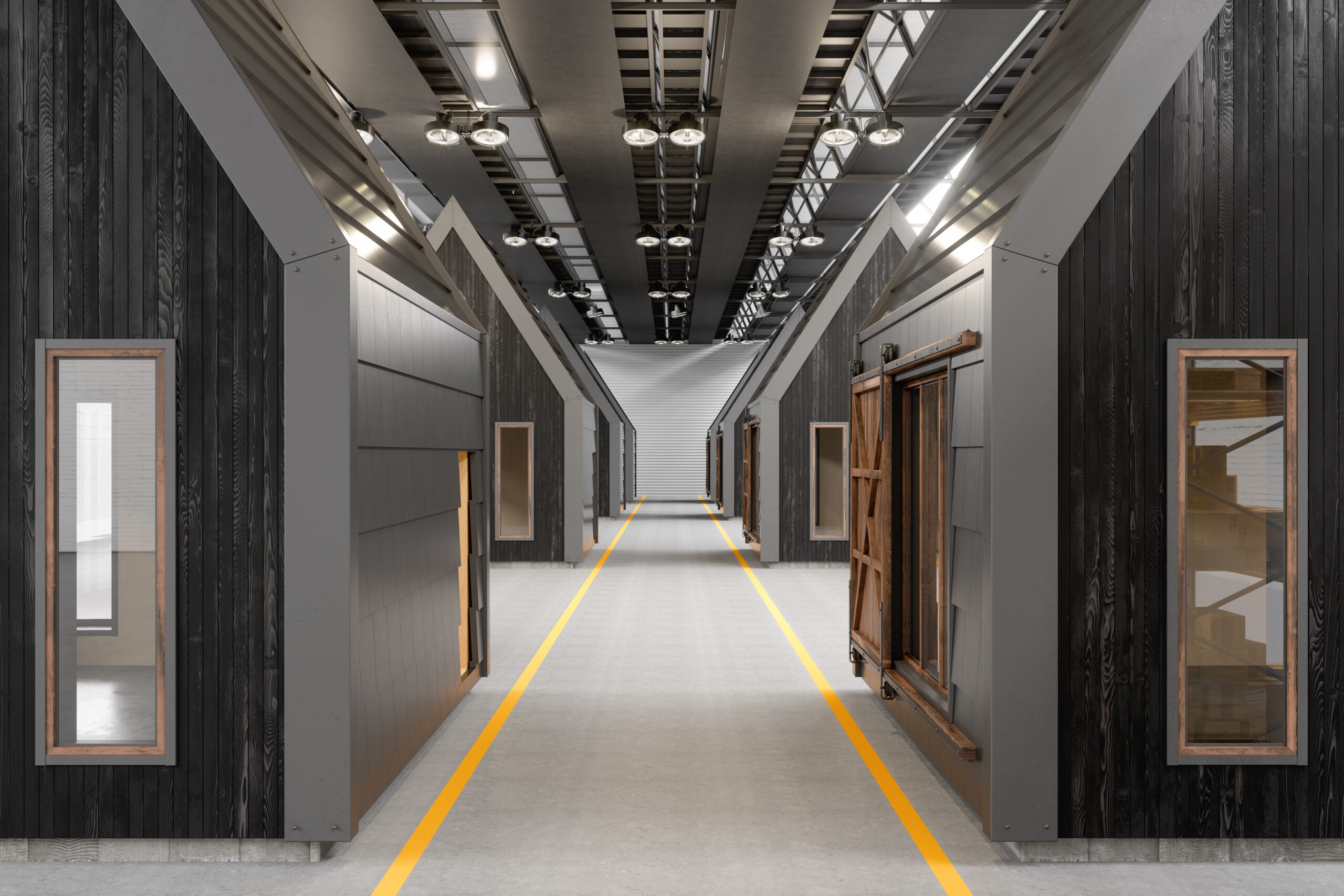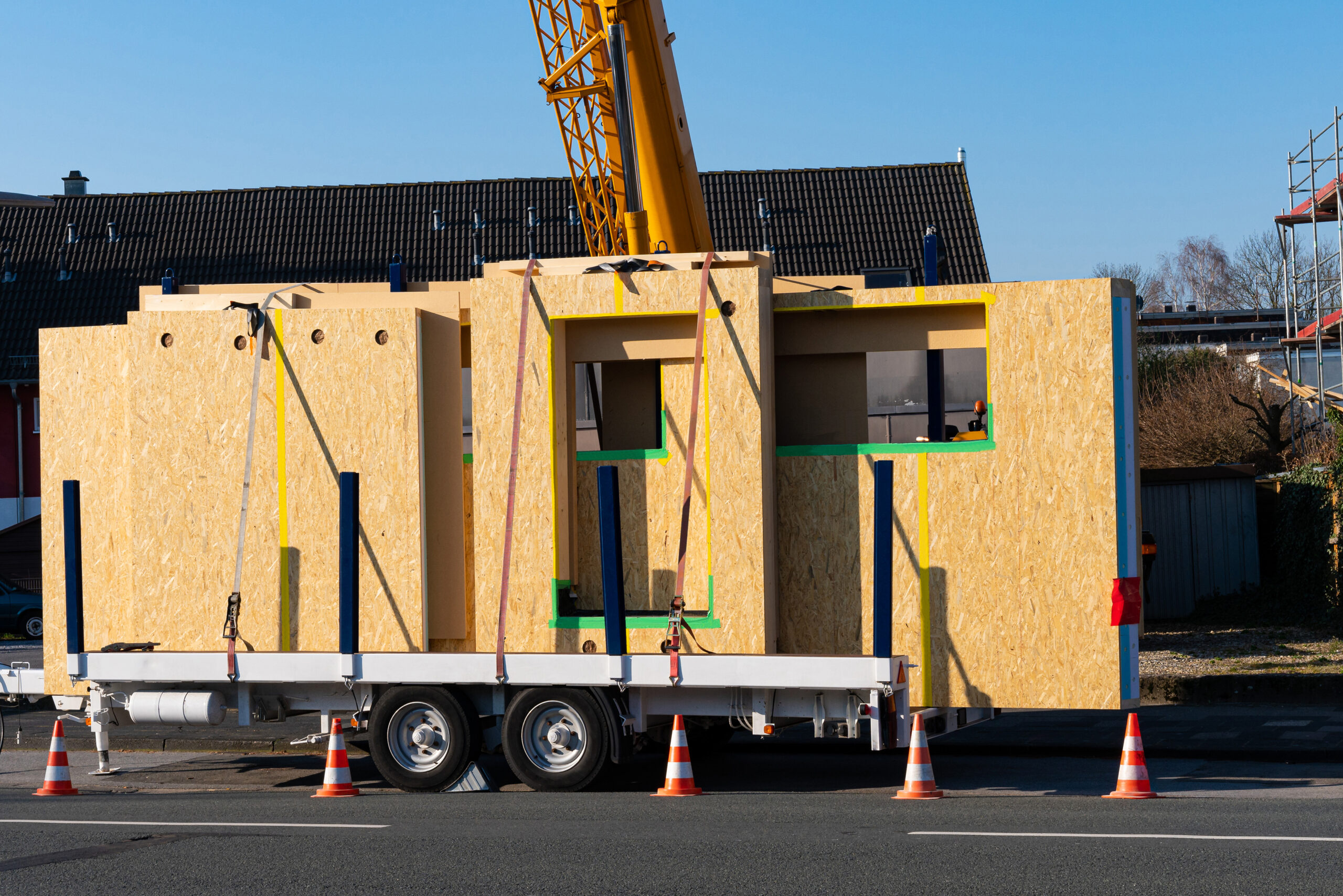Preamble
While modular construction (prefabricated buildings) is not a new phenomenon, it is attracting a lot of interest and investment on the back of advancements in technology and economic environments. This blog presents the scope of modular construction while highlighting the potential benefits and challenges. It also discusses the different methods used in modular construction. Lastly, the capacity of Pakistan to adopt this new model of construction will also be presented.
Research Questions
-
What is modular construction?
-
What is the scope of modular construction?
-
What methods are used in modular construction?
-
Is Pakistan ready for modular construction?
Introduction
As one of the largest sectors globally, a profound shift in construction can heavily impact the productivity and efficiency of the real estate sector. Modular construction is a process in which a building or a part of a building is constructed under controlled plant conditions, using the same material and design as that of conventional buildings, in half the time (MBC, 2021). Parts of the building are manufactured in modules and later assembled on site. The approach has the potential to yield significant cost savings and leading real estate players are considering making the shift towards the new process. The industry is adopting new materials and technologies that enhance design capabilities, improving precision and productivity in manufacturing and logistics. To help counter the perception associated with prefabricated houses, builders and manufacturers are also focusing on sustainability, aesthetics, and the higher end of the market. There are many factors that determine whether a particular market is ready to embrace modular construction or not. In many countries, modular construction can still be an outlier. But there are strong signs that this new technology can bring broad-scale disruptions in the real estate sector.
Scope of Modular Construction
Many constructions, real estate, and infrastructure development companies are now adopting a more industrialized model or looking at how they can do so. Modular construction can speed up construction by as much as 50 percent, and in the right environment, it can cut input costs by 20 percent. Similarly, in a recent report on modern methods of construction, 40 per cent of home builders surveyed said that they were already investing in manufacturing facilities or intended to do so in the future (McKinsey and Company, 2019). Modular construction, when optimized and capably delivered, can demonstrate a series of benefits over traditional construction. Building costs are significantly reduced and the overall lifetime cost of the building remains relatively low. Modular construction also allows for accelerated build schedules and greater certainty on build times and costs. Lastly, it results in improved quality of the building and better energy or seismic performance. Modular construction is most effective in building structures that have a degree of repeatability in design.
Methods of Modular Construction
Modular construction has two popular methods namely, permanent modular construction (PMC) and relocatable buildings. PMC is an innovative and sustainable construction delivery method utilizing offsite manufacturing techniques to prefabricate building parts in deliverable module sections. PMC modules can be integrated into already running projects or can also be used in stand-alone solutions, delivered with complete fixtures and interior finish in less time, less waste, and higher quality. A relocatable building is a partially completed or completely assembled building that complies with regulations and is constructed in a building manufacturing facility using the modular construction process. These buildings are designed in a way that they can be reused and repurposed multiple times and transported to different building sites. These buildings are also characterised by faster delivery times, ease of relocation, low-cost configurations, and enormous flexibility. These buildings are essential in cases where speed, temporary space, and the ability to relocate are necessary such as schools, construction site offices, medical clinics, and sales centres.
Is Pakistan Ready for Modular Construction
Several factors can have an important impact on the attractiveness of modular construction, mainly supply chain and logistics. Transport regulations decide the size of modules that can be moved by road in urban areas and geographies with access to low-cost materials are natural markets. One important factor is quality perception. The industry will need to overcome the perception that prefabricated housing is a poor-quality and cookie-cutter solution for the masses. India adopted prefabricated housing under the Hindustan Housing Factory known has Hindustan Prefab Ltd. (HPL) (NBM&CW, 2020). When components are manufactured in a stable environment, the quality of construction increases. Pakistan also faces an acute housing problem where the country currently faces a housing shortfall of 10 million units. Using the modular construction method, Pakistan can greatly increase its capacity to provide good quality affordable housing to its booming urban and rural population.
Conclusion
Modular construction is a fairly new practice, but looking at the size of the construction sector, the methodology can provide a sustainable path toward the development of infrastructure and housing in the future. The process involves building prefabricated or manufactured components of buildings in manufacturing sites, installing them later in conformity with regulations and standards. Modular construction can speed up construction by 50 percent and reduce input costs by 20 percent. Therefore, it is a viable policy option for Pakistan as the country is already facing a huge housing shortfall.
Key Takeaways
-
As one of the largest sectors globally, a profound shift in construction can heavily impact the productivity and efficiency of the real estate sector.
-
Modular construction is a process in which a building or a part of a building is constructed under controlled plant conditions, using the same material and designing as that of conventional buildings, in half the time (MBC, 2021).
-
Parts of the building are manufactured in modules and later assembled on site. The approach has the potential to yield significant cost savings and leading real estate players are considering to make the shift towards the new process.
-
The industry is adopting new materials and technologies that enhance design capabilities, improving precision and productivity in manufacturing and logistics.
-
Modular construction can speed up construction by as much as 50 percent, and in the right environment, it can cut input costs by 20 percent.
-
In a recent report on modern methods of construction, 40 percent of home builders surveyed said that they were already investing in manufacturing facilities or intended to do so in the future (McKinsey and Company, 2019).
Bibliography
MBC. (2021). What is Modular Construction? Retrieved from Modular building institute: https://www.modular.org/HtmlPage.aspx?name=why_modular
McKinsey and Company. (2019). Modular Construction: From Projects to Products.
NBM&CW. (2020). Prefabrication Building Construction: An Indian Perspective. Retrieved from NBM&CW: https://www.nbmcw.com/tech-articles/precast-construction/42137-prefabrication-building-construction-an-indian-perspective.html




Leave a Reply